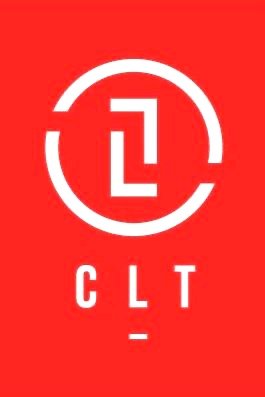If Everything is Priority by Definition Nothing is PriorityKeeping with this month’s theme of Managing Changing Priorities, Minnesota’s Angela Johnson, Certified Scrum Trainer and Agile Coach offers tips on using Agile and Scrum to help order overloaded plates.
There is an abundance of data showing what multitasking does to your brain and productivity. A Recent Forbes post notes that research conducted at Stanford University found that multitasking is less productive than doing a single thing at a time: http://www.forbes.com/sites/travisbradberry/2014/10/08/multitasking-damages-your-brain-and-career-new-studies-suggest/
As far back as 1991 Gerald Weinberg noted the actual loss in productivity that occurs with each additional project people are assigned to in “Quality Software Management”.
Yet we repeatedly hear from students in our courses and from our customers that “everything is a priority” and that people are “time-sliced” across multiple projects and are in multiple roles at a given time? It seems to me that organizations are simply their own worst nitemare. Faster delivery is requested without sacrificing quality yet the simple act of allowing people to focus that would ensure more rapid delivery and higher quality is not allowed to happen.
If Agile approaches such as Scrum are used as directed, they can deliver value more quickly and help organizations manage changing priorities.
- Order the To Do List by Business Value, not Emotion:
- To help the issue of managing changing priorities, the Product Backlog is the “to do” list in Scrum. It is an ordered list of work we need to do. Instead of responding to whoever is screaming the loudest, a conversation is held about value, however this is determined by your organization. In some cases this is cost savings, in some cases, it’s revenue generation, etc. When we focus on the value and take the emotion and politics out of the work, it’s far easier for the order to logically fall into place.
- Ordered the List, do not Overload It:
- The Product Backlog or to do list is ordered. This means that something is 1 something is 2 and so on. There cannot be multiple items at the same level. This allows the Team working on the item to focus to truly get the item to done before moving on to subsequent items. And as all the data supports, this will allow for this to happen more quickly.
- Make the To Do List Visible:
- The Product Backlog or to do list should be transparent or highly visible. If there is visibility to the order of work items, sometimes this simple act does take the emotion or politics out of decisions as it’s evident to all which item will make more money, save more money or save the organization pain, retain customers, etc. This idea can be elevated above the Product Backlog level to the organization’s Roadmap level for even greater efficiency.
Would your organization like to deliver business value faster and effectively deal with the issue managing changing priorities? Contact the Collaborative Leadership Team to learn more about our Agile Assessment Services and Leadership Coaching
